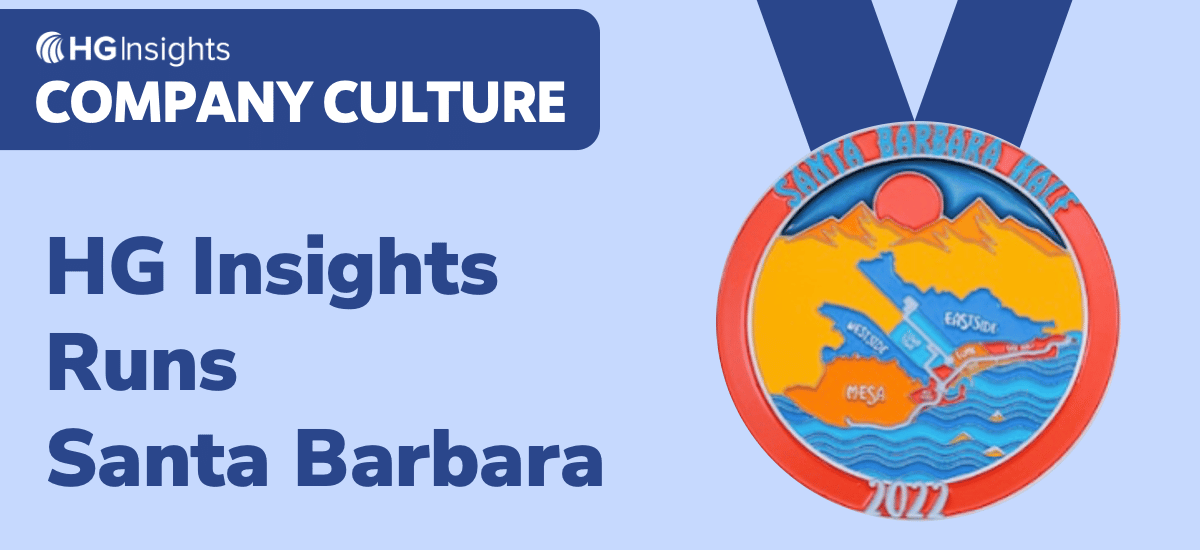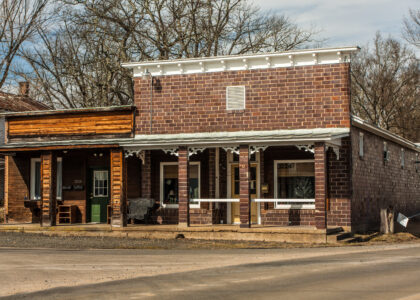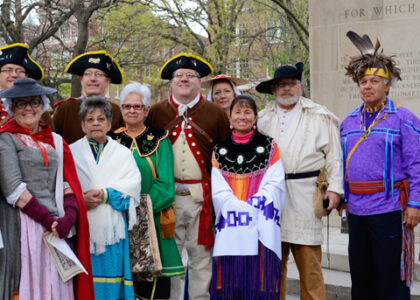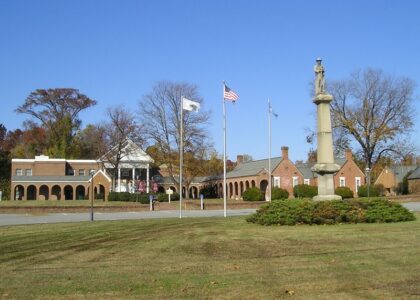Welcome to Santa Barbara Insights, a location steeped in the rich tapestry of California’s history. Our journey begins long before the arrival of European settlers. This area was originally inhabited by the Chumash people, who thrived along the central coast of California for thousands of years. These indigenous people lived in harmony with the land, developing a complex society known for its maritime prowess and intricate basket weaving.
The first European to stumble upon this region was the Portuguese explorer Juan Rodríguez Cabrillo in 1542, sailing under the Spanish flag. However, it wasn’t until 1782 that the Spanish established a permanent presence here with the founding of the Presidio of Santa Barbara, a military outpost designed to defend against foreign invasions and protect the Spanish missions.
The arrival of Spanish missionaries marked a significant turning point in Santa Barbara’s history. Under the leadership of Father Fermín Lasuén, the Mission Santa Barbara was established in 1786, earning the title ‘Queen of the Missions’ due to its striking architecture and prominent role in the mission system. This mission became a central hub for the conversion and education of the Chumash people, although it also led to significant disruptions in their traditional way of life.
As we move forward in time, Santa Barbara evolved from a predominantly mission-centric settlement to a bustling town. The mid-1800s brought significant change as California transitioned from Mexican to American control following the Mexican-American War. This era saw an influx of settlers drawn by the promise of gold and opportunity, forever altering the cultural and economic landscape.
One of the most notable figures associated with Santa Barbara is John Stearns, an American entrepreneur who played a pivotal role in the town’s development during the 19th century. Stearns was instrumental in the construction of the Stearns Wharf in 1872, which became a vital shipping and trade hub.
The early 20th century marked the arrival of the silent film industry, with Santa Barbara serving as one of its earliest hubs. Stars like Charlie Chaplin and Mary Pickford were known to frequent the area, adding a touch of glamour to its charming streets. However, the 1925 earthquake was a pivotal event, reshaping Santa Barbara’s architecture and leading to the Spanish Colonial Revival style that defines its modern aesthetic.
Today, Santa Barbara is a vibrant community known for its cultural and educational contributions, including the University of California, Santa Barbara. It serves as a reminder of the diverse historical events and figures that have shaped it over the centuries, from its Chumash origins to its role in the film industry.
As you continue your exploration, consider the layers of history beneath your feet and how they contribute to the unique character of Santa Barbara today. Whether you’re here to enjoy the stunning vistas or delve into its storied past, Santa Barbara offers a glimpse into the rich tapestry of California’s history and culture.





